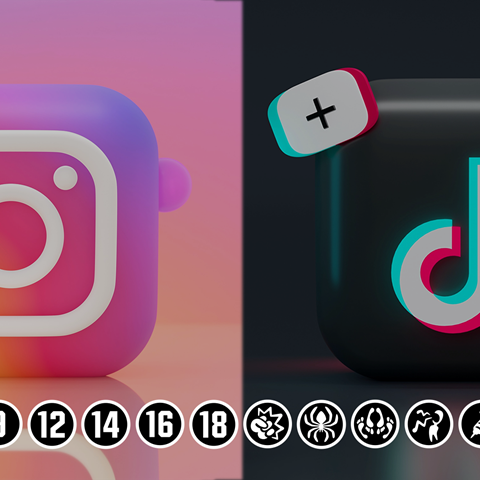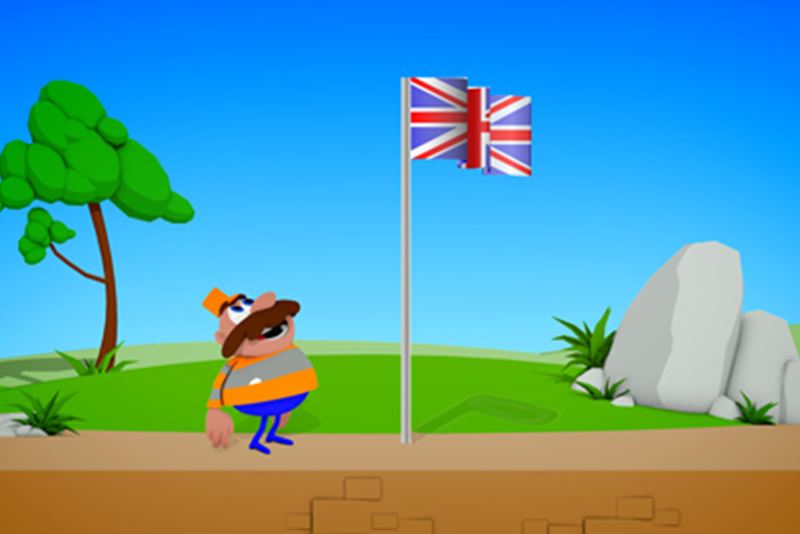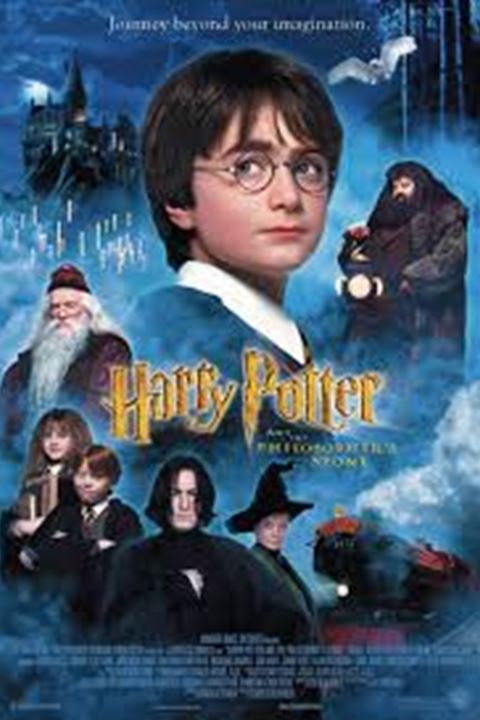PEGI S.A., the organisation that manages the pan-European age rating system for video games, is proud to announce that PEGI has been officially designated as the exclusive age rating system for video games the United Kingdom.
As a result of this change, it is illegal for a retailer to sell a video game with a PEGI age rating of 12, 16 or 18 to someone below that age. Up until today, games that required classification in the UK were rated by the BBFC (British Board of Film Classification), while games that were exempt from classification carried a PEGI label.
The new law puts an end to this hybrid situation, installing PEGI as the sole system for classification and resulting in all new video games carrying a PEGI age rating. PEGI is designed to help consumers, especially parents, to make informed decisions when buying video games for their families.
Therefore, the change in legislation will be supported with a consumer awareness campaign, driven by UKIE, the trade body representing the UK games industry, and with the support of PEGI S.A. As part of the campaign, the website
www.askaboutgames.com has been re-launched as an interactive source for parents to learn more about the games their children play.
On July 30th, the Games Ratings Authority (GRA) has also assumed its position as the officially designated body in the UK for rating video games. The Video Standards Council, who are already an administrator for the PEGI system, will operate under this name when dealing with all matters concerning the age rating of video games in the UK.
Simon Little, Managing Director of PEGI S.A. is happy with the change: “Ever since the publication of Tanya Byron’s review “Safer Children in a Digital World” in 2008 have we been working towards this legal endorsement. PEGI is a straightforward and robust system and with everyone involved - trade body, publishers, administrators and retail - we will work hard to convince parents to become more involved and learn about the games their children love playing.”






